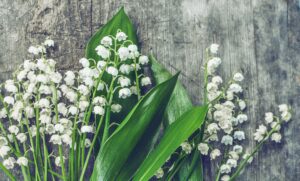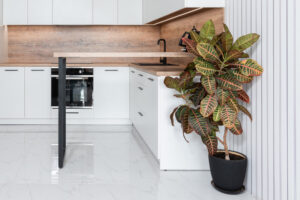Annual flowers are the perfect way to add vibrant color and dynamic beauty to your landscape. With a myriad of choices available, selecting plants that not only withstand the heat but flourish in it is essential. Here are annual flowers that are especially suited for full sun beds, offering a complete guide on their characteristics, care, and planting insights.
Marigold
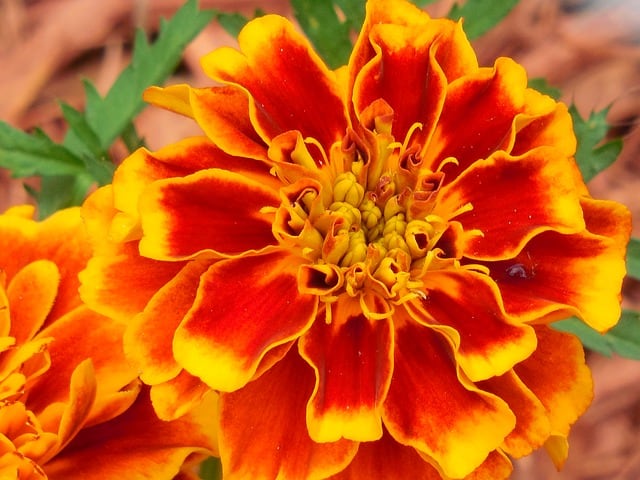
Marigolds, with their vibrant hues ranging from golden yellows to deep oranges, are a quintessential choice for summer gardens. These resilient flowers thrive in hot, sunny conditions and are remarkably easy to grow from seed or transplant from nursery starts. Not only do marigolds brighten up your space, but they also serve a functional purpose in the garden. They are known for their ability to deter harmful pests such as nematodes, aphids, and spider mites, making them excellent companions for vegetables and other flowering plants.
When planting marigolds, consider using them as an edge in your flower bed or as fillers, as they work well in clusters. They prefer well-drained soils and light watering, so it’s vital to avoid soggy ground. Regular deadheading promotes additional blooming, ensuring your garden stays vibrant all summer.
Zinnia
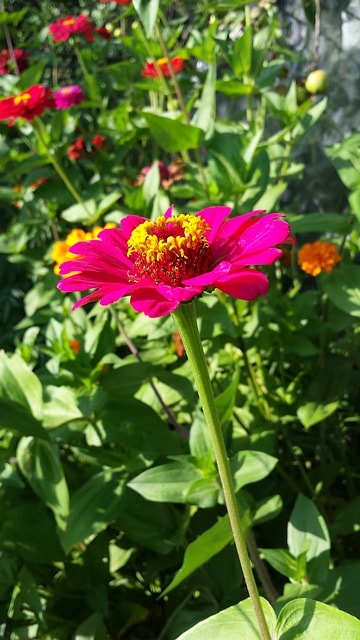
Zinnias are a gardener’s delight, known for their diversity in color, size, and form. From the tall, bold varieties perfect for cutting to the compact forms ideal for borders, zinnias offer a vast palette that can suit every garden design. They are highly attractive to pollinators, especially butterflies, making them a wonderful addition to any wildlife-friendly garden.
To encourage robust growth, plant zinnias in well-draining soil in a sunny location, and water them regularly—especially during the establishment phase. Deadheading will promote continuous blooms, ensuring that you have an unending display throughout summer. These flowers also make excellent cut flowers, bringing summer into your home.
Petunia
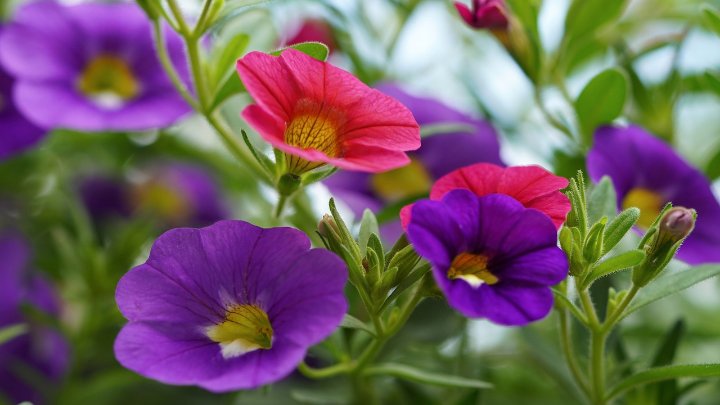
Petunias are incredibly popular for their fragrant flowers and extensive range. Available in colors from soft pastels to deep shades, they can be found in both upright and trailing forms. Their ability to tolerate full sun and poor soil conditions makes them a favorite among gardeners. Petunias are excellent for borders or container gardens, cascading beautifully over the edges.
Plant petunias in well-drained soil enriched with organic matter and provide a weekly deep watering to keep them hydrated. They thrive with regular deadheading; doing so encourages a longer blooming period. With the right care, petunias can provide a stunning display from late spring until frost.
Sunflower
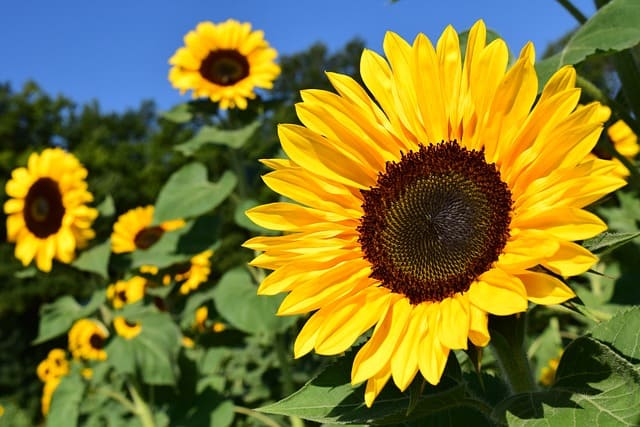
Sunflowers symbolize summer and warm weather with their large, sunny heads. They are iconic for many gardeners because of their towering stature, robust beauty, and ease of growth. Besides their aesthetic charm, sunflowers are excellent for attracting bees, which are essential for pollination. They produce seeds that can nourish both humans and wildlife.
When planting sunflowers, ensure they have ample space to grow tall and wide, as they can reach several feet. They prefer well-drained soil and should be watered deeply but infrequently once established, promoting deeper root growth. Sunflowers make for fantastic backdrops in mixed borders and can even be grown to create natural privacy screens.
Cosmos
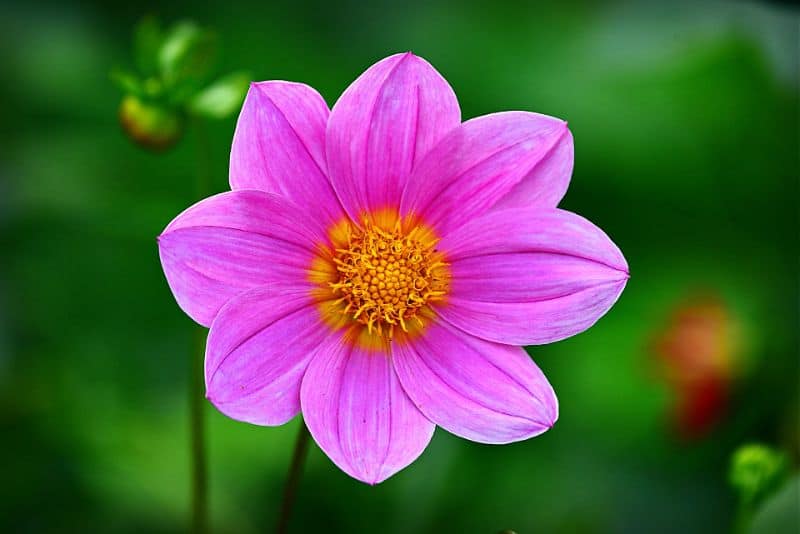
Cosmos flowers are cherished for their dainty, fern-like foliage and lovely blooms. They are easy to grow from seed and provide a wildflower feel to gardens, attracting butterflies and bees. Cosmos thrive in poor soils, and their adaptability to drought makes them a low-maintenance option for full sun areas.
To achieve the best results, plant cosmos in well-drained, less fertile soil, which encourages flower production over foliage growth. They look stunning when planted in large swaths, allowing their airy blooms to sway in the summer breeze. Regular deadheading can lead to an extended blooming period, ensuring your garden retains its charm throughout the summer.
Salvia
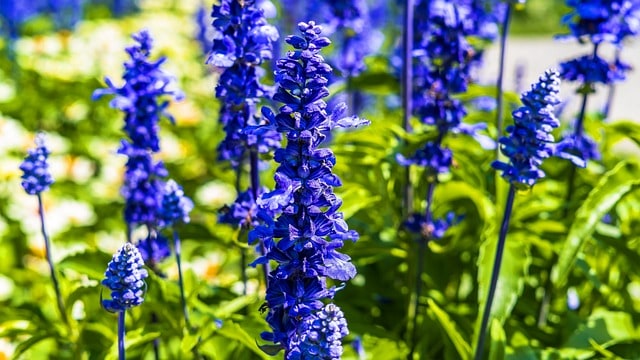
Salvia, or sage, is a diverse genus that includes many annual varieties prized for their striking spiky flowers and aromatic foliage. They come in blues, purples, and reds, creating a beautiful contrast in your sunny garden. Salvia attracts beneficial insects to your garden, such as bees and hummingbirds, adding life and movement.
Plant salvia in well-draining soil with full sun exposure to ensure it thrives. They are drought-tolerant once established, which makes them ideal for hot, dry areas. Regular trimming can help prevent legginess and encourage bushier growth. Salvia pairs beautifully with other bright annuals, providing a stunning color contrast that enhances any summer landscape.
Geranium
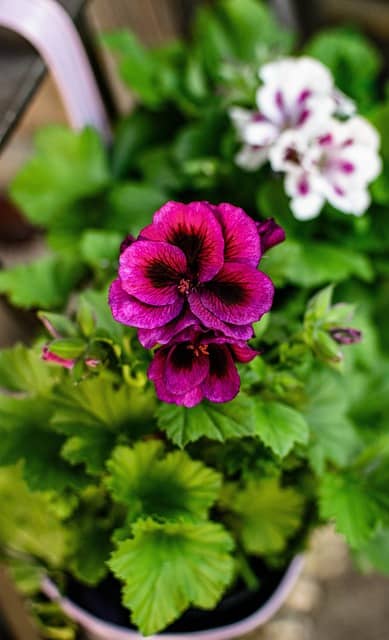
Known for their vibrant blooms and lush green foliage, geraniums can provide impactful color and form to sunny beds. Geraniums are incredibly versatile and can adapt to various soil types. They work well in containers, hanging baskets, or as borders, providing low-maintenance beauty throughout the summer.
To keep them flourishing, ensure they are provided with well-drained soil and moderate water. Deadheading spent flowers can prolong blooming, whereas periodic pruning encourages denser growth. Geraniums also make lovely cut flowers, extending their presence from your garden into your home.
Coreopsis
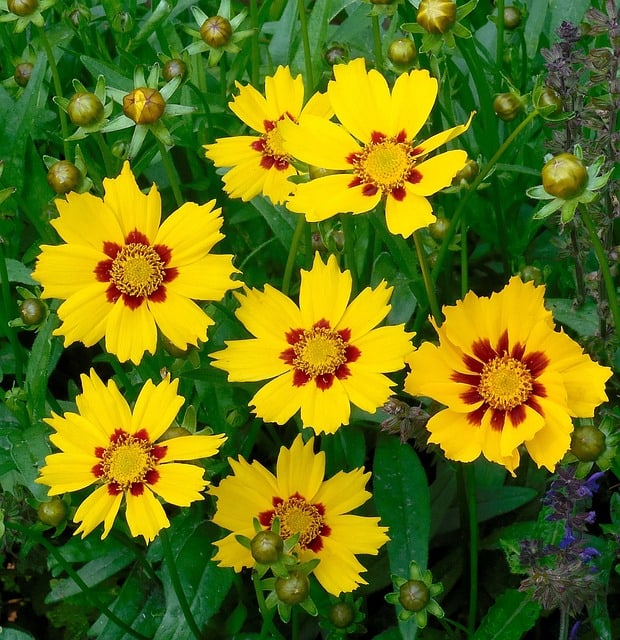
Coreopsis, also known as tickseed, is a summer favorite for its resilience and bright yellow blooms. These cheerful flowers are perfect for adding a burst of sunshine to your garden beds. Coreopsis is drought-tolerant and can thrive in various soil types, making them incredibly adaptable plants.
When planting coreopsis, choose a sunny location and space them about 12-18 inches apart to develop fully. They require minimal maintenance, apart from light deadheading and occasional watering during dry spells. Their long-lasting blooms make them popular for garden displays that highlight summer beauty.
Nasturtium
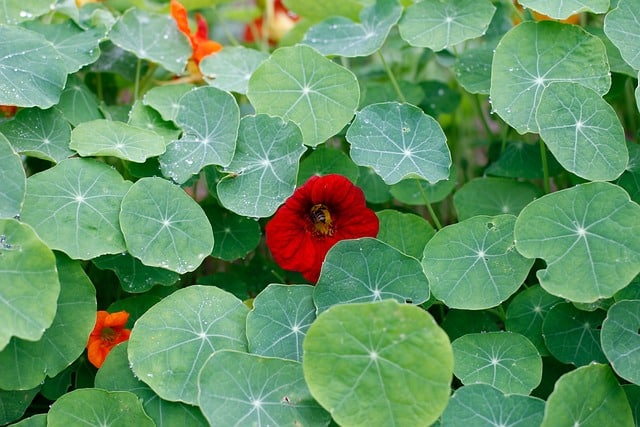
Nasturtiums are not only visually appealing with their round leaves and vibrant flowers; they are also edible, making them an exciting addition to any garden. Their blossoms and leaves have a peppery flavor, appealing to both gardeners and culinary enthusiasts. They thrive in poor soils and can spread quickly, making them suitable for ground cover or cascading from containers.
Plant nasturtiums in well-draining soil enriched with compost, and water them regularly to establish deep roots. These hardy plants can tolerate heat, attracting pollinators and other beneficial insects to your garden. They also serve as companion plants for vegetables, helping ward off pests.
Ageratum
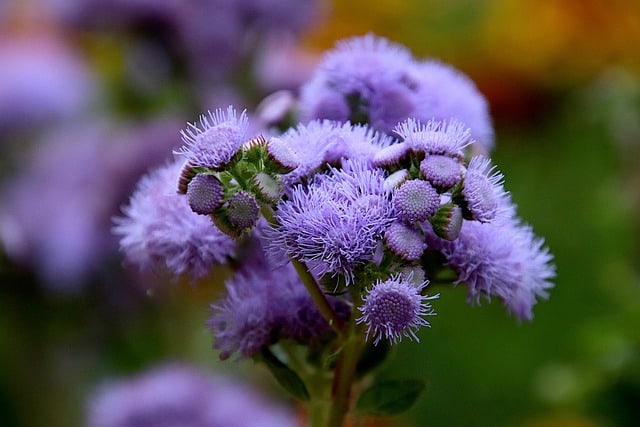
Ageratum is well-loved for its fluffy clusters of blooms, often seen in shades of blue, lavender, and white. They provide a softening effect in borders or as fillers within garden beds, working wonderfully alongside taller annuals. Ageratums bloom profusely throughout the summer and are particularly attractive to butterflies.
To grow ageratum successfully, plant them in a sunny spot with well-drained soil. They prefer moderate watering, so be mindful not to overwater. Regular deadheading will encourage continuous blooming, allowing you to enjoy their soft charms all season long.
Lobelia
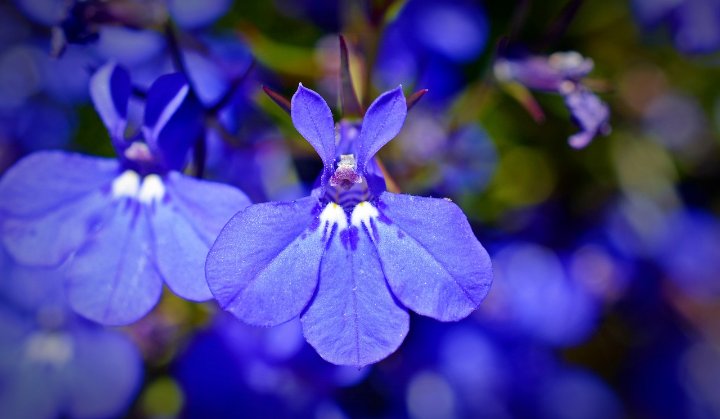
Lobelia is a stunning option for sunny beds, providing a cascade of brilliant flowers that resemble tiny bells. They come in shades of blue, purple, and white and are perfect for adding a touch of romance to your garden. Lobelia thrives in sunny spots and can create a lovely contrast to larger, bolder flowers.
To ensure robust growth, plant lobelia in well-drained, fertile soil with adequate moisture. They require regular watering, especially during dry spells, to maintain their blooming potential. Lobelia also pairs nicely with trailing plants in mixed containers or hanging baskets, ensuring an eye-catching display.
Impatiens
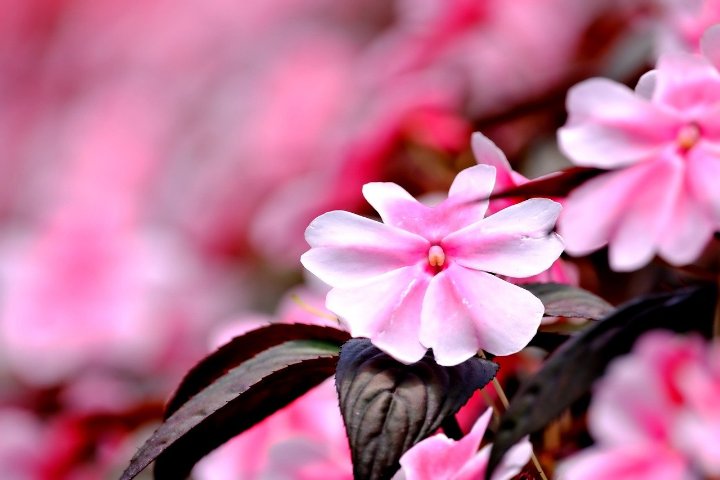
While traditionally associated with shadier spots, some varieties of impatiens can thrive in partial sun and, given enough water, can tolerate full sun conditions. Their lush foliage and vibrant flowers add a charming touch to gardens. They come in many colors and sizes, making them versatile for various planting schemes.
When planting impatiens, ensure the soil is rich and well-drained. Regular watering will help them thrive in sunny locations. Though they are relatively low-maintenance, keeping an eye out for pests like aphids can ensure your impatiens stay healthy and vibrant throughout the summer.
Pansy
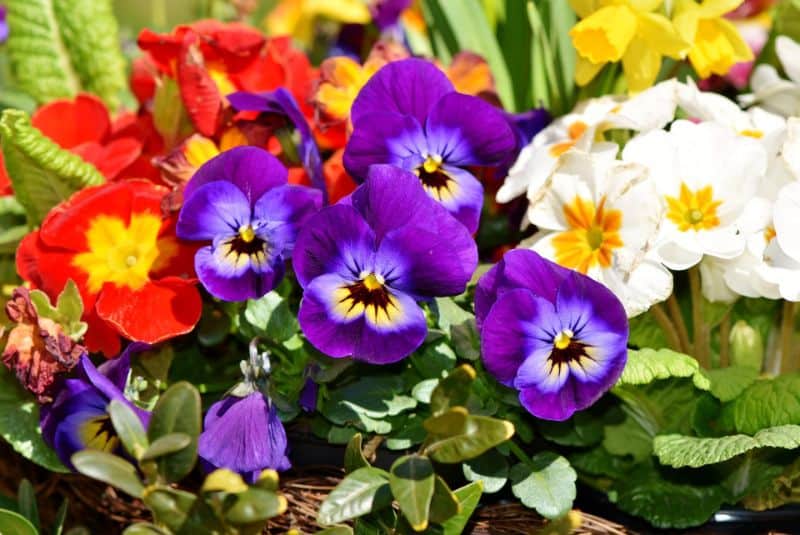
Pansies are known for their cheerful, expressive blooms and are often among the first flowers to bloom in spring and can also thrive in cooler summer temperatures. With their diverse array of colors and patterns, pansies serve as standout plants in sunny beds. They are perfect for adding color to window boxes, borders, or garden beds.
Plant pansies in well-drained soil enriched with organic matter, and water them consistently to keep the soil moist. As they bloom, deadheading spent flowers can encourage additional flowering. Pansies bring brightness to gardens and are perfect for tutors or as focal points among larger blooms.
Celosia
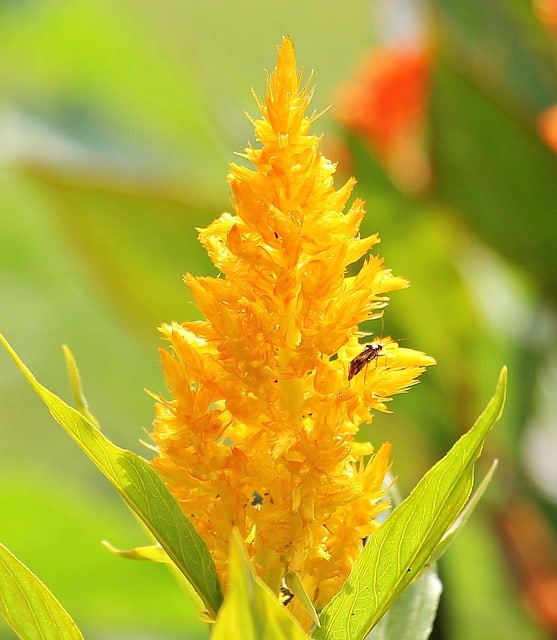
Celosia, with its unique crest-like blooms, brings an element of drama to garden beds. Available in vibrant reds, oranges, and yellows, these flowers can provide an electrifying display. Celosia is heat-resistant and thrives in full sun, making it an excellent choice for summer gardens.
When planting celosia, ensure they are placed in well-draining soil and give them ample space to grow. Water them regularly, but be cautious not to overwater, as they prefer drier conditions once established. Celosia also boasts excellent drought resistance, attracting pollinators while providing strong colors that stand out in any flower bed.
Verbena
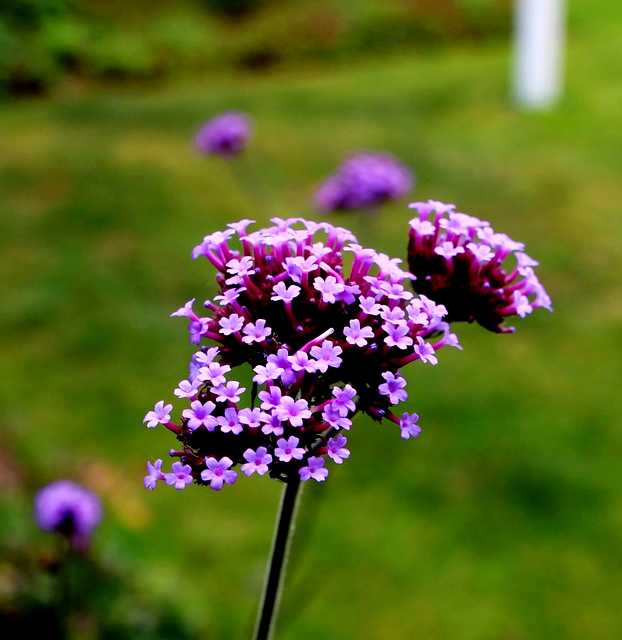
Verbena is known for its long-lasting blooms and resilience in hot weather. Available in varied colors, verbena offers versatility, thriving as both a ground cover and trailing plant in hanging baskets. They are excellent for attracting butterflies, adding an air of liveliness to your garden.
Plant verbena in full sun and well-drained soil, and they will flower all summer long with little fuss. They require moderate watering, so ensure they’re kept hydrated, especially during dry spells. Regular deadheading can promote a more vigorous blooming cycle, keeping your garden radiant for months.
Dahlia
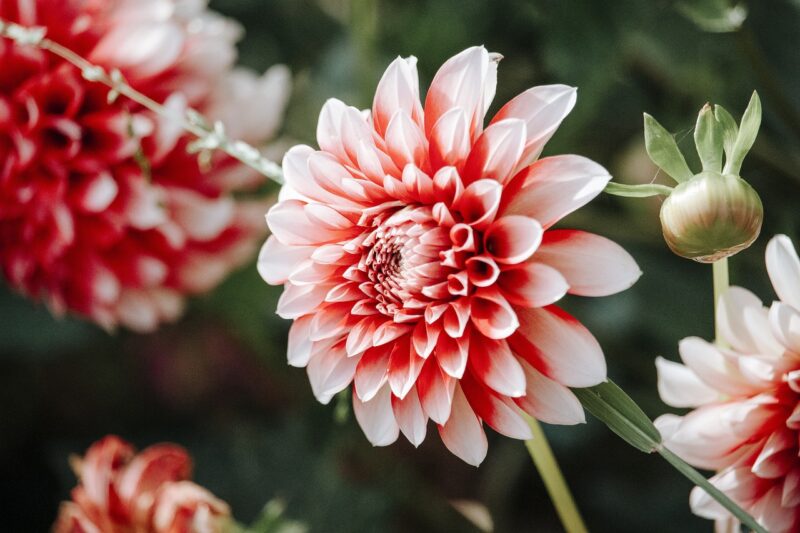
Dahlias stand out for their sumptuous blooms and range from petite pom-poms to grand, dinner-plate sizes. These flowers can be challenging but rewarding, providing spectacular colors and forms to summer gardens. Planting flowers in well-draining soil with plenty of sun will lead to remarkable results.
Space dahlias adequately to allow for their growth, and ensure they are water regularly but avoid soggy soil that might lead to rot. Substantial support may be needed for taller varieties, so staking them early is advisable. With proper care, dahlias can offer a continual show of flowers, and their stunning blooms are perfect for cut flower arrangements.
Osteospermum
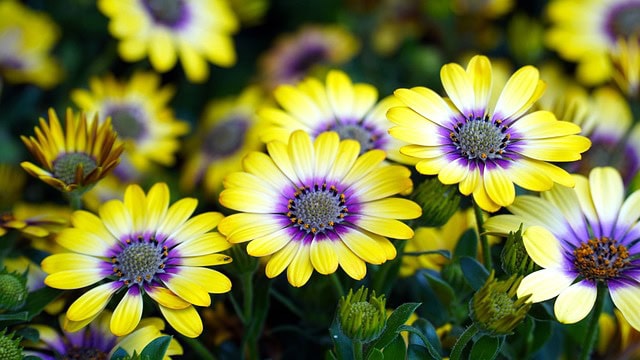
Osteospermum, or African daisies, provide a plethora of cheerful blooms in striking colors. They thrive under sunny circumstances and are excellent for borders or containers. Known for their daisy-like appearance, these beauties can handle both heat and drought, making them ideal for summer gardens.
To grow osteospermum successfully, plant them in rich, well-drained soil and water them deeply when necessary. Regular deadheading can help to extend their flowering period, providing continuous color throughout the warm months. Their bright flowers contribute to a stunning garden display.
Sweet Alyssum
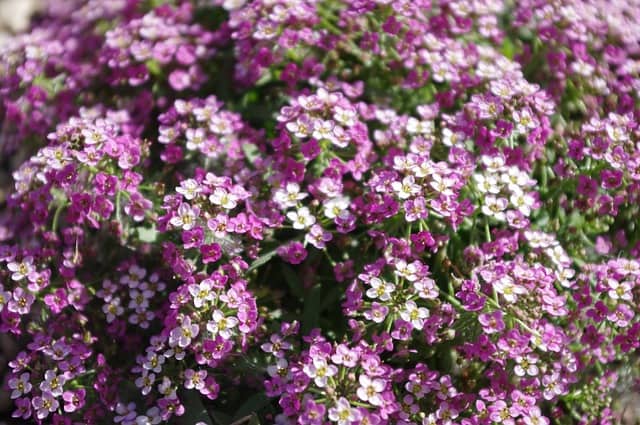
Sweet alyssum adds a delicate charm to full sun beds with its small, sweetly scented flowers. They work great as border plants or ground covers, weaving their way between larger flowers. Sweet alyssum thrives well in sunny to partially sunny spots and draws beneficial insects, enhancing your garden’s health.
Plant sweet alyssum in well-drained soil and water them regularly, especially during dry periods. They won’t require much attention beyond deadheading to keep them blooming. Their fragrance not only delights the senses in your garden but also attracts pollinators, creating a vibrant ecosystem.
Gaillardia

Gaillardia, or blanket flower, is a sun-loving perennial that brings intense color to your landscape. These flowers are hardy, drought tolerant, and resistant to heat, making them perfect for summer beds. They create eye-catching features, attracting butterflies and adding movement to your garden.
When planting gaillardia, choose a sunny spot with well-drained soil. They require moderate watering and appreciate some deadheading to encourage continued blooms. Their unique shaggy flowers add whimsy to the garden and can make bold statements in any summer display.
Bleeding Heart
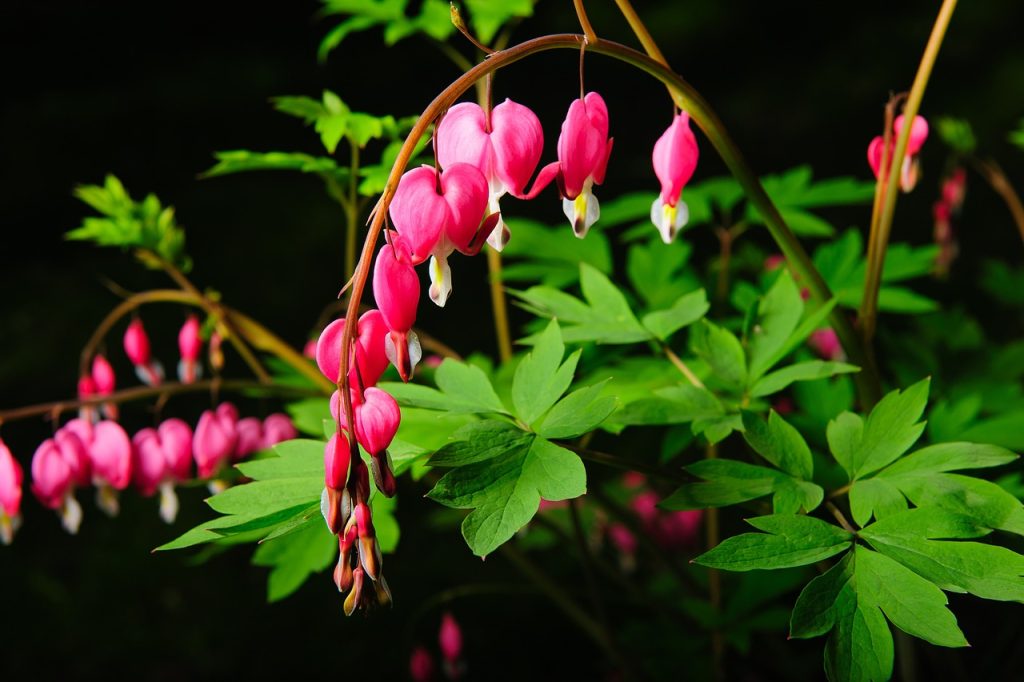
Bleeding hearts may not be the traditional first thought for full sun, but some varieties can adapt well, particularly those discovered and bred for hotter climates. The heart-shaped blossoms and distinctive foliage create a dramatic contrast in vibrant summer gardens. For best results, consider positioning them such that they get sun during the cooler parts of the day.
Plant bleeding hearts in well-drained, fertile soil, and provide regular watering to maintain soil moisture. While generally low-maintenance, they can benefit from occasional mulching to retain moisture. Their lush color and unique form contribute to a compelling garden landscape.
Foxglove
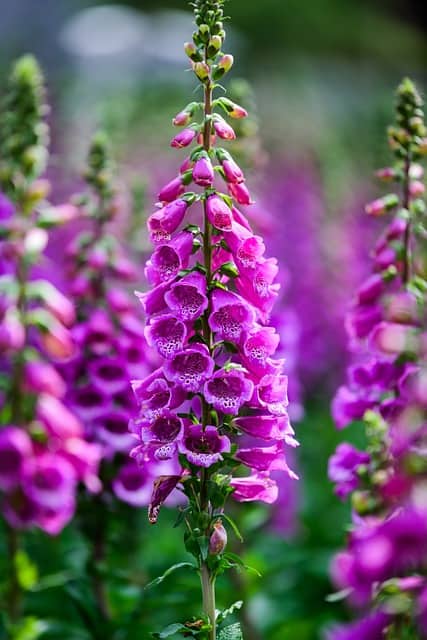
Foxgloves add architectural height and stunning blooms to any flower bed. Their elegant spikes are adorned with tubular flowers that attract bees and hummingbirds. Though they can act as biennial blooms, sowing them as annuals can yield spectacular results in their first growing season.
Plant foxglove in rich, well-drained soil, ensuring they receive adequate moisture while they establish themselves. Regular watering will support their growth, and while they don’t require much maintenance, you should provide some support for taller plants, particularly in windy areas.
Scaevola
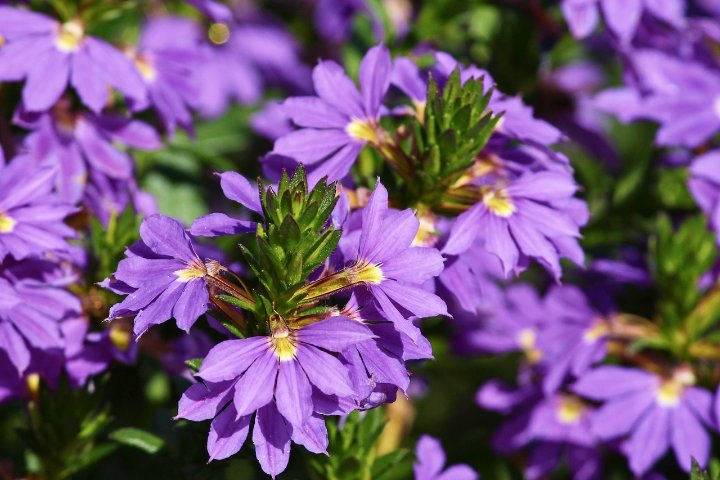
Scaevola, or fan flower, provides a unique color palette with its fan-shaped blooms that can effortlessly brighten any garden. They are ideal for container gardening and ground cover, thriving in sunny locations while displaying impressive heat tolerance.
Plant scaevola in well-drained soil and keep them moist during the establishment phase. These flowers prefer to dry out slightly between waterings, making them very manageable for busy gardeners. Their low-growing nature and continuous blooming habit ensure they remain a favorite in sunny beds.
Heliotrope
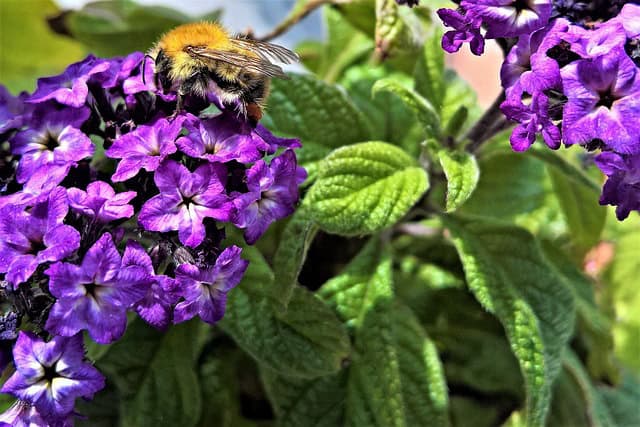
Heliotrope is a timeless flower known for its fragrant, stunning blooms that come in deep purples, blues, or whites. These plants thrive in full sun conditions and are superb for attracting butterflies and other pollinators, creating a lively environment.
To grow heliotrope successfully, select a spot with well-drained soil and water them regularly for best development. Deadheading spent flowers will encourage new blooms. Their strong scent and vibrant colors can enhance any sunny garden, offering both visual and aromatic appeal.
Dusty Miller
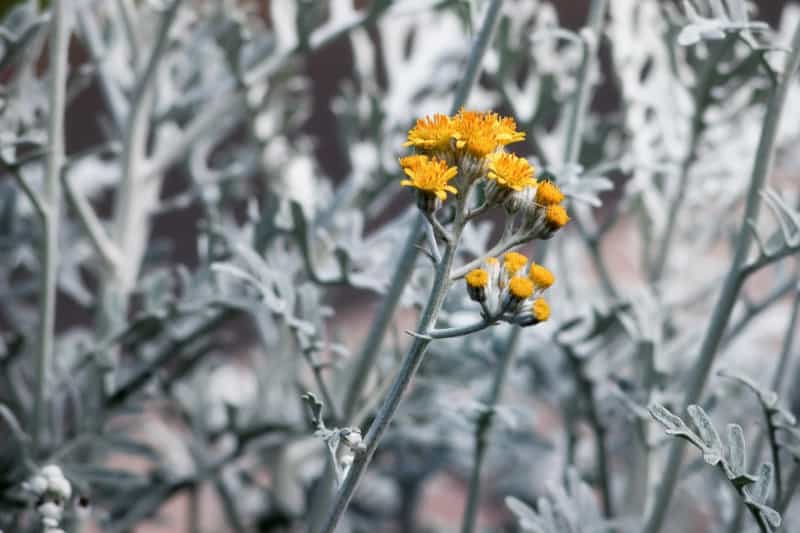
While technically not a flower, dusty miller offers incredible contrast with its silvery-gray foliage, making it ideal for sunny gardens. It pairs exceptionally well with bright blooms, providing a grounding effect in flower beds and helping more pronounced colors to pop.
Plant dusty miller in well-drained soil and ensure it receives enough sun exposure. Once established, it is drought-resistant; however, regular watering during dry spells will keep its foliage looking fresh and vibrant. This plant’s color also enhances arrangements, adding coordination and style to any sunny bed design.




